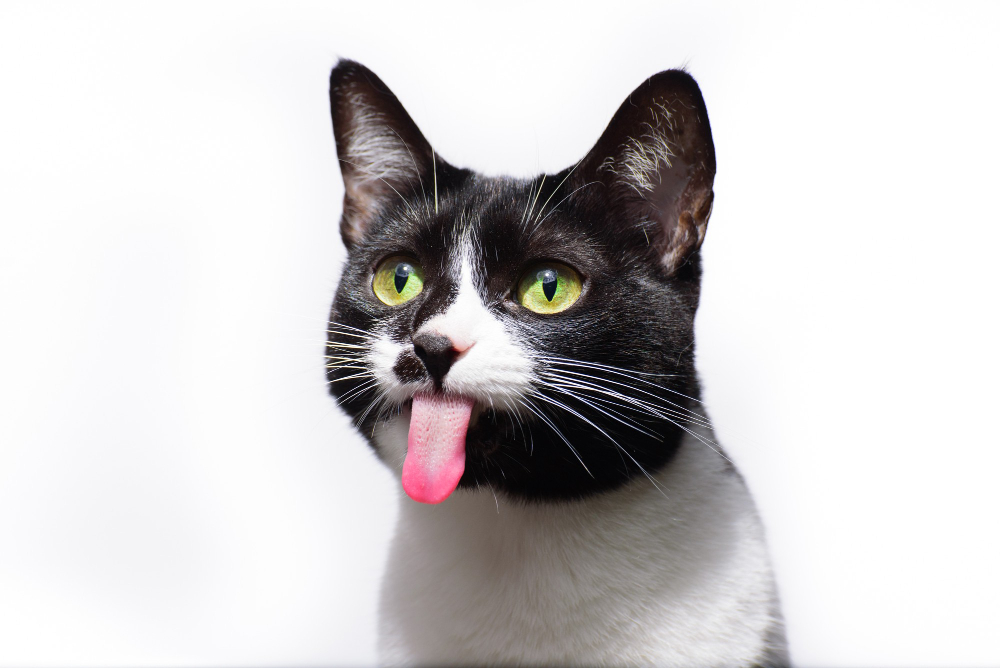Did you know that a cat’s whiskers are more than just cute facial features? Many of us underestimate these magical tendrils, thinking they’re all about boosting our cats’ cuteness factor. But what if I told you they are multifunctional superorganisms? Welcome to the world of feline treasures where science meets marvel.
With insights backed by real science, let’s dive into the enigmatic and vital role of whiskers in a cat’s life. Prepare to be amazed as we unravel the facts that might just make you see your feline friend in a whole new light.
Experience the FOMO of those who’ve just discovered the extraordinary capabilities tethered to every little wiggle of whiskers. Let’s whisk you away into a world of wonder!
Fact 1: Whiskers Act as Highly Sensitive Radars
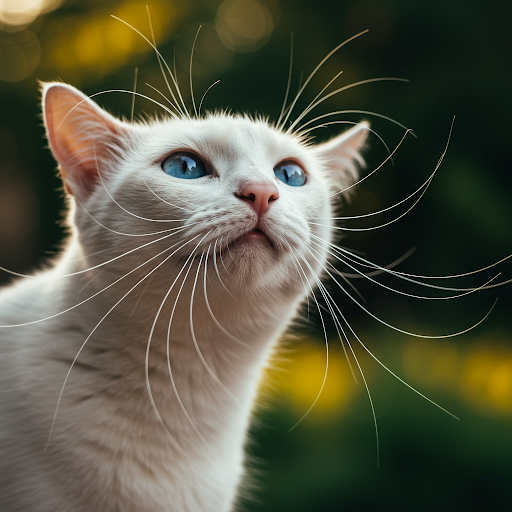
Whiskers are not just fancy facial decorations; they are crucial sensory tools. These long hairs, also known as vibrissae, are embedded deeper into the skin than ordinary fur and are surrounded by nerves. This makes them incredibly sensitive to the slightest changes in the environment. Just like a radar, they help cats detect even the faintest shifts in air pressure, enabling them to sense approaching objects before they are visible.
For instance, if you’re quietly tiptoeing past a sleeping kitty only to be met with an immediately opened eye, blame those alert whiskers!
Fact 2: Measuring Up – Whiskers and Spatial Awareness
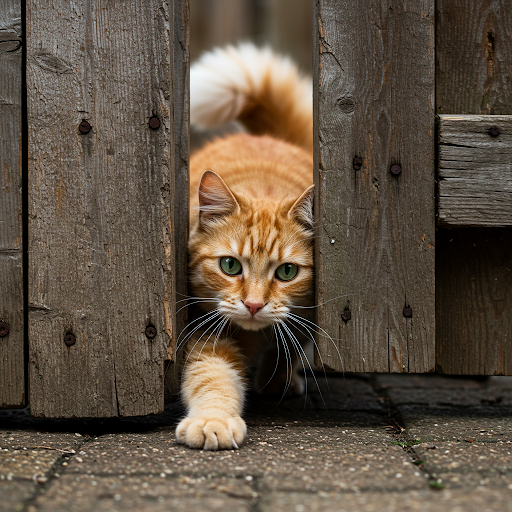
Ever watched a cat effortlessly slip into tight spaces without a hitch? Those whiskers are at it again! Roughly the same width as a cat’s body, whiskers serve as a living caliper, assisting them in gauging widths and depths. This is vital for navigation and suggests that every fluff of whisker can mean the difference between slipping through a slot or getting stuck like Winnie the Pooh in Rabbit’s hole!
Next time your kitty avoids a narrow space, trust those whiskers—they know the drill better than any measuring tape.
Fact 3: Night Vision Companions
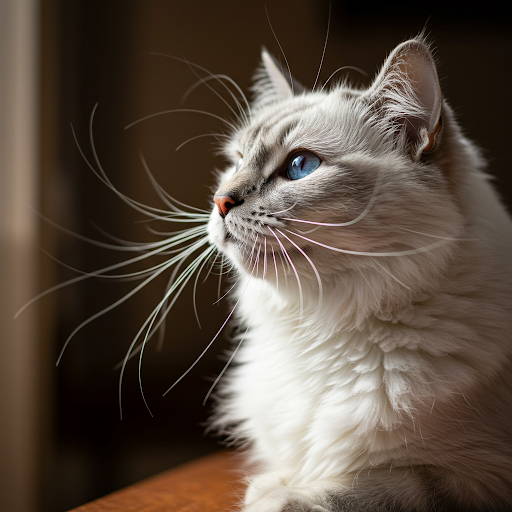
While we rely on nightlights, cats have their whiskers! Whiskers extend to the width of a cats’ body and help them map their surroundings—whether it’s the living room or the wild. In low light, whiskers act like extensions of a cat’s skin, detecting obstacles and allowing them to navigate without knocking over your favorite vase. They’re the ultimate night vision accomplice, letting them embark on their nightly adventures with ease.
There’s a reason your cat doesn’t wake you while midnight-snacking on their… um, midnight snacks!
Fact 4: Mood Indicators – Let’s Decode Kitty’s Feelings
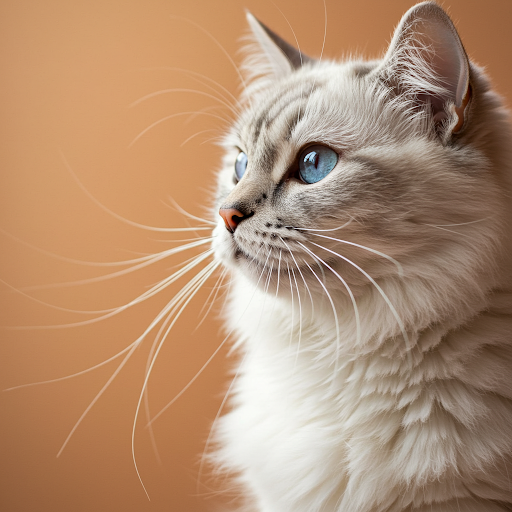
Whiskers, those reliable mood indicators! A forward flick means curiosity or excitement, while whiskers pulled back often signal fear or agitation. Though speaking ‘cat’ isn’t an available language on your DuoLingo, whisker positions give us crucial context about a cat’s mood. They help decode whether a kitty is all set for play or if they need some solo time.
Folks, let’s face it—cats have advanced body language classes they’re just not letting us in on!
Fact 5: Whiskers Never Lie (Well, Almost Never)
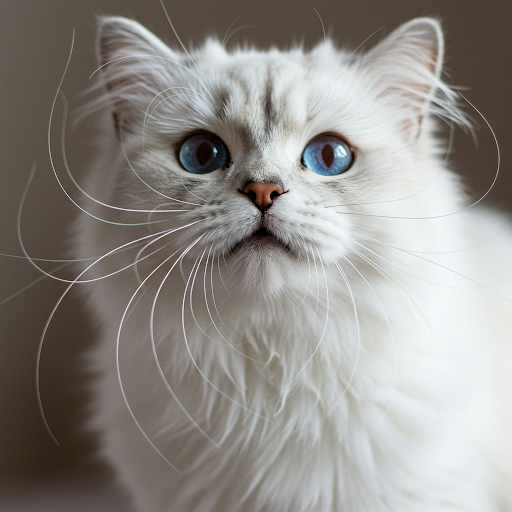
Whiskers and truth-telling, a match made in feline heaven! While your cat may provide mixed signals about their affection with a casual swat immediately following a snuggle, whiskers tell no lies. Their position, velocity, and movement are honest-to-goodness signaling devices. They can’t bluff, making them trustworthy indicators of intent and emotion.
Believe it or not, whiskers can guide more truthful relationships. Cats might not always tell us what we want to hear, but those whiskers certainly do.
Fact 6: The Regrowth Phenomenon
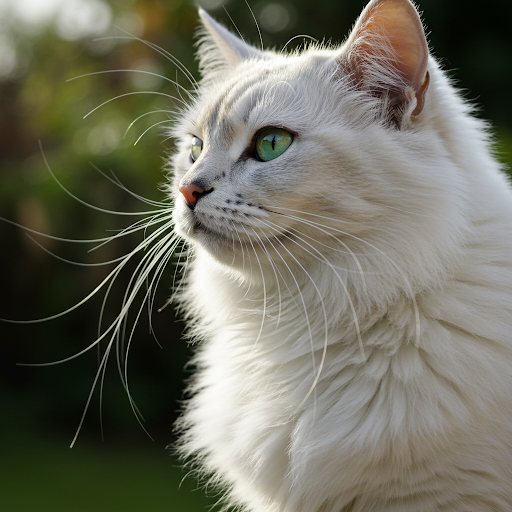
If a cat ever shudders and loses a whisker (hint: not as tragic as it sounds), fear not! Like magic, their whiskers regrow. While these sensory organs are essential, they’re also resilient. This regrowth process, similar to hair, ensures cats always have their radar up and running.
However, it’s not a DIY trimming job. Respect the regrowth cycle and let Mother Nature handle it. Your cat will thank you, maybe with an extra loud purr.
Fact 7: Whisker Fatigue – Because Even Whiskers Get Tired

It turns out that those long, expressive facial filaments can suffer from over-stimulation, known as whisker fatigue. Cats can experience discomfort when their whiskers are exposed to too much contact or sensory input. This is often caused by food bowls that are too narrow or toys that excessively touch their face.
To protect against whisker fatigue, consider opting for wide, shallow bowls and observing how your cat responds to toys. If cats could talk, they’d say: “Sometimes, even the best radars need a break!”

